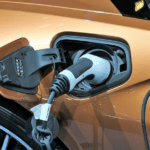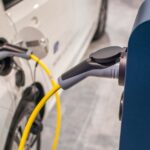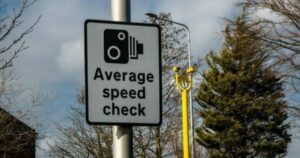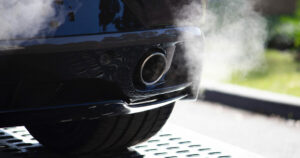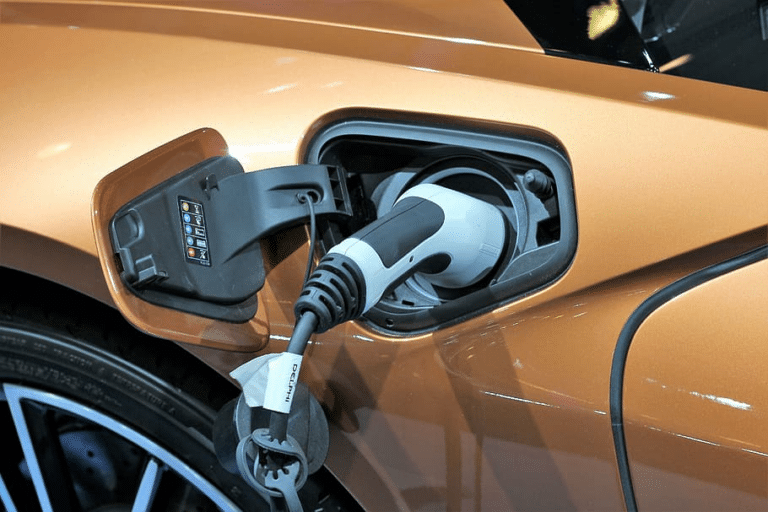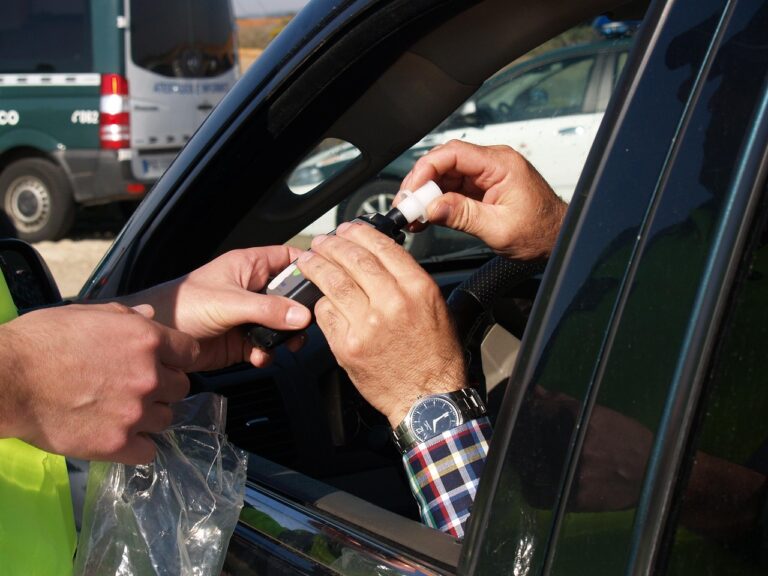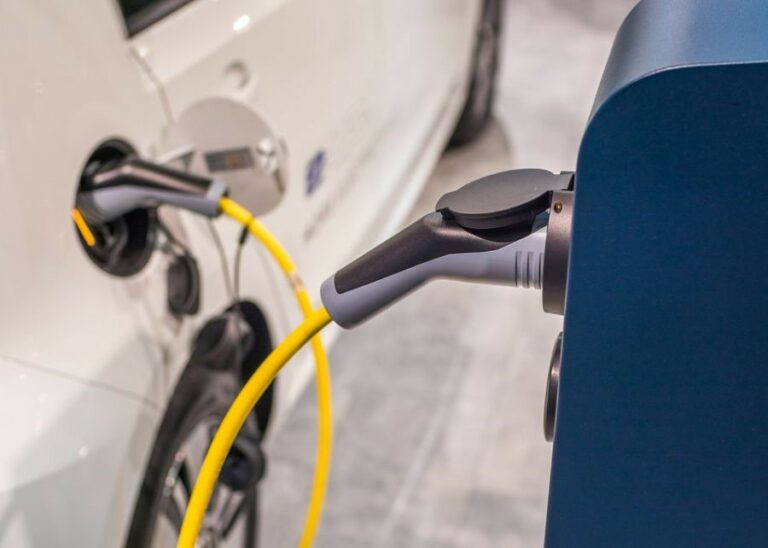New research has revealed a striking link between vehicle emissions and income levels: one in three polluting cars on UK roads is owned by a low-income household. These older, less efficient vehicles often lack modern emissions controls, making them significant contributors to urban air pollution. While environmental policies push for cleaner transport, many families face financial barriers to upgrading their cars — raising concerns about fairness and accessibility.

A Hidden Emissions Inequality
A groundbreaking study by scientists at the University of Birmingham has uncovered a surprising twist in the fight against urban air pollution: low-income households are disproportionately driving the most polluting cars. Using advanced remote sensing and machine learning, researchers analysed over 50,000 vehicles and found that one in three high-emission cars belonged to lower-income drivers.
This challenges the long-held assumption that wealthier households — with larger homes, more travel, and higher consumption — are the primary contributors to environmental degradation. Instead, the data suggests that older, cheaper vehicles owned by low-income families are emitting more harmful pollutants per mile than newer, cleaner models.
Why Cheaper Cars Pollute More
The science is straightforward: older vehicles lack modern emissions controls, and many cheaper models were built before stricter environmental standards came into force. These cars often run on petrol or diesel engines that produce higher levels of nitrogen oxides (NOx) and particulate matter — both linked to respiratory illness and poor urban air quality.
According to the University of Birmingham’s report published in the Journal of Cleaner Production, more expensive cars tend to emit significantly less pollution, thanks to better fuel efficiency, hybrid or electric powertrains, and advanced exhaust systems.

Urban Impact and Health Risks
The consequences are felt most acutely in cities. Polluting cars contribute to localised air quality problems, particularly in densely populated areas where traffic congestion is high and green space is limited. This creates a vicious cycle: low-income communities are more likely to drive older cars, and also more likely to live in areas with poor air quality — compounding health risks.
The Department for Transport’s latest statistics show that road transport remains the single largest contributor to nitrogen dioxide pollution in UK cities, with older diesel vehicles being the worst offenders.
The Cost of Clean Air
While the push toward electric vehicles and low-emission zones is gaining momentum, the transition isn’t equal. Low-income households face financial barriers to upgrading their vehicles, and many feel penalised by clean air policies that don’t account for affordability.
The Joseph Rowntree Foundation warns that transport poverty is a growing issue, with some families unable to access jobs, education, or healthcare due to limited mobility options. Without targeted support — such as scrappage schemes, subsidies, or affordable public transport — the shift to cleaner travel risks leaving vulnerable groups behind.
Policy Implications
This new data raises tough questions for policymakers. If polluting cars are disproportionately owned by low-income households, how do we balance environmental goals with social fairness?
Experts suggest a more nuanced approach: combining emissions reduction with equitable transport reform. That means investing in cleaner public transport, offering financial incentives for vehicle upgrades, and designing low-emission zones that don’t punish those with the least choice.
Final Thoughts
The link between polluting cars and poverty is a wake-up call. It’s not just about emissions — it’s about inequality and isn’t that the truth.
If your car’s emissions are raising eyebrows — and you’re thinking it might be time for a cleaner upgrade — Jamjar.com can help. Just pop in your reg to get a free online quote, compare offers from trusted UK buyers, and sell your polluting car without the hassle.
It’s quick, easy, and could be your first step toward greener driving.



























